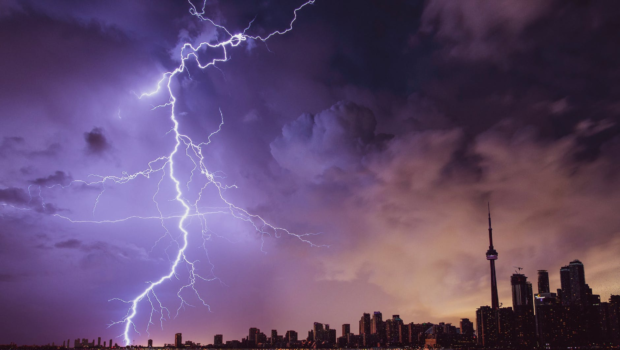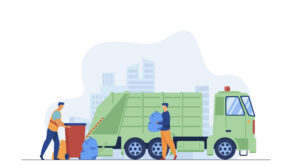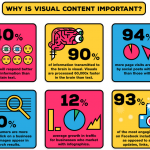Disaster Prepping: Surviving Calamities Through IoT
For seasoned preppers, the beginning of a new decade is a good vantage point for looking back at moments that solidified their prepping-survival lifestyle. From droughts and flash floods to hurricanes and tornadoes to wildfires and snowstorms, America has gone through it all. According to a recent report, the last decade was the most expensive for natural disasters.
Who can ever forget Hurricane Sandy in 2012 or the tornado outbreak the year prior, that ripped Mississippi, Alabama, and other East South Central states? In 2015, California became ablaze with wildfires that hit homes and communities, reaching their peak in the last two years. The list goes on, but one thing’s for sure at the dawn of a new decade: disasters aren’t slowing down.
Nonetheless, it carries something different from the last 10 years: the rise of ever more sophisticated technology. Everyday, there are new devices being used for disaster preparedness. The talk of the town? IoT or the Internet of Things.
A Primer on IoT
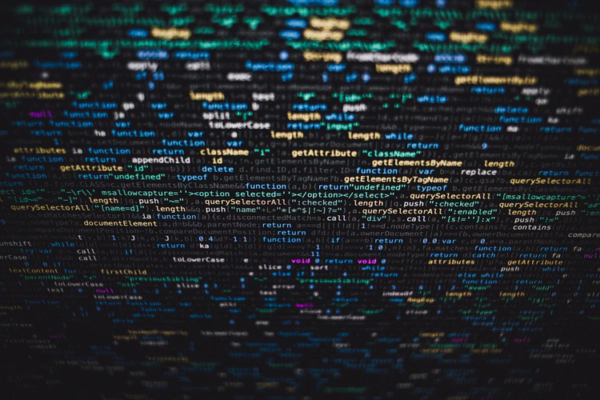
Photo courtesy of Markus Spiske via Unsplash
In one way or another, you must have heard about IoT technology. You probably caught a television show featuring thermometers that predict hurricanes or big data analytics directing where relief operations should be. These are all part of the bigger IoT-based disaster management system. It’s not some magic tool that deflects storms or de-escalates wildfires; rather, the technology’s early warnings pave the way for better prepping survival. This is the major role of the Internet of Things in disaster management.
Millions of lives can be saved with this technology. Before we delve into IoT projects on disaster management, though, let’s first define what IoT is.
What IoT really is
In general, the Internet of Things refers to everything connected to the Internet. This includes not just your laptops and smartphones, but also your home appliances–from fridge to ovens to coffee makers; wearables, like smart watches and shoes; even your car.
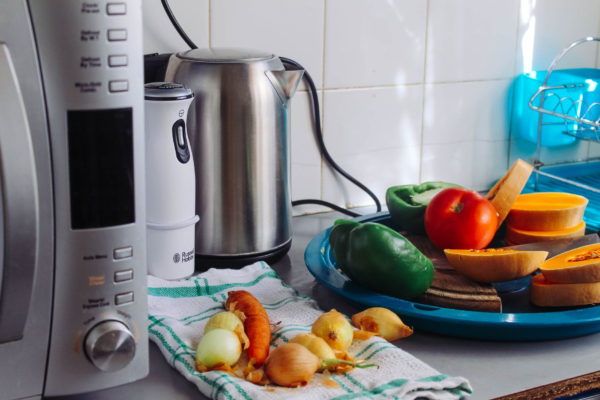
Photo courtesy of Phenyo Deluxe via Pexels
These devices can connect to one another through wireless networks. They exchange data via sensors then analyze information with micro computer chips. In the end, they either help people take action with the data they present or simply make life easier for users. The classic example of this is your alarm monitoring systems that keep track of activities at your home and broadcasting a live feed to your mobile phone.
Below are some other examples of applications at home, at the office, and in industries:
Home
1. Home automation
The IoT technology allows you to control Internet-connected appliances or devices at home from your mobile device anywhere in the world. You can turn down the thermostat and cool the space right before you reach home. You can close the window blinds and keep as little natural light as possible indoors. First, it makes life convenient, then comfortable.
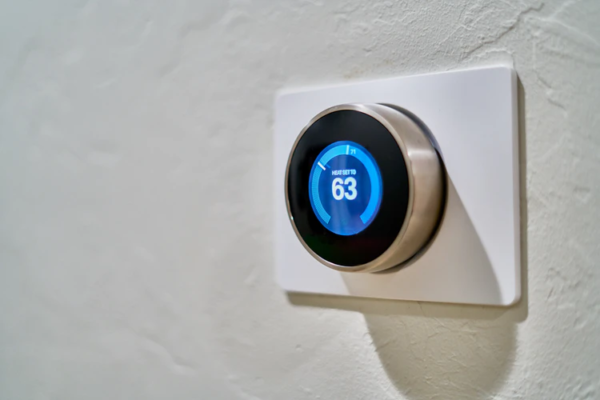
Photo courtesy of Dan LeFebvre via Unsplash
2. Security
Similar to home automation, you can monitor your home remotely through surveillance cameras feeding information to your phone. With the alarm system, doors, windows, locks, and smoke detectors connected to the network, you can also receive alerts in case there’s a break-in, a fire emergency, or a person at your doorstep.
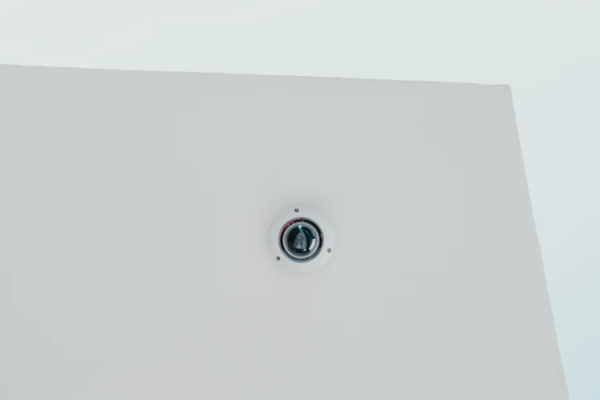
Photo courtesy of Bernard Hermant via Unsplash
3. Electricity consumption
Smart meters are also part of the IoT technology. The devices record the homeowners’ consumption of electricity. They allow you to see energy use every hour, reporting at least daily. With these readings, you’ll be able to make adjustments to appliance use, helping you save on electrical consumption.
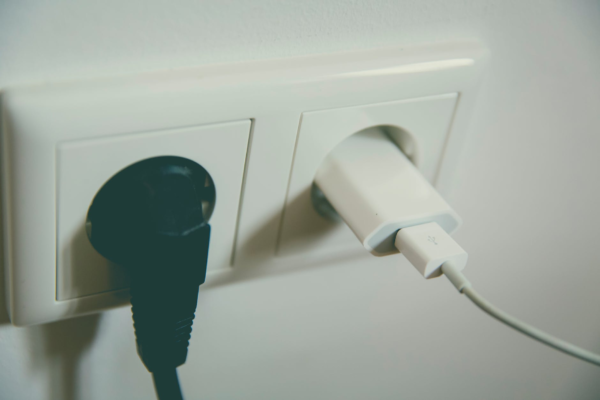
Photo courtesy of Markus Spiske temporausch.com via Pexels
Office
1. Climate control
Temperature affects office productivity. Similar to the application at home, thermostats that are connected to the network adjust automatically–this time, to the work schedules of employees. Through virtual assistants, like Alexa or Siri, people can control heating and cooling systems, as they prefer.

Photo courtesy of Helena Lopes via Pexels
2. Lighting control
It’s not just the temperature that adapts to the needs of the employees. Lighting, which equally affects work efficiency, adjusts, too. When they’re Internet-connected, they change in terms of brightness and color balance, preventing eye strain, headaches, and stress among employees.

Photo courtesy of Wilson da Vitorino via Pexels
3. Meeting management
Meetings make up the bulk of office operations. With smartphones and PCs connected together, employees are able to send materials over to each other and prompt meeting notifications to mobile. This allows participants to invite participants and book meeting rooms, all in one go.

Photo courtesy of fauxels via Pexels
4. Equipment maintenance
High-tech printers connected to the network alerts users when they’re running low on paper and ink. They can go as far as checking digital inventory systems and ordering supplies, when needed. In terms of the maintenance of the office premises, smart vacuums pick up dust with sensors directing their cleaning paths.
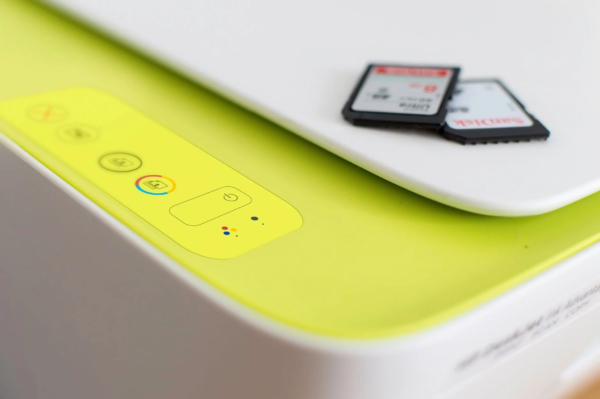
Photo courtesy of Fernando Arcos via Pexels
Industries
1. Warehousing management
Amazon uses a robot named Kiva who locates shelves of products from the warehouse floor and brings items to a human employee who, in turn, packs them for shipping.
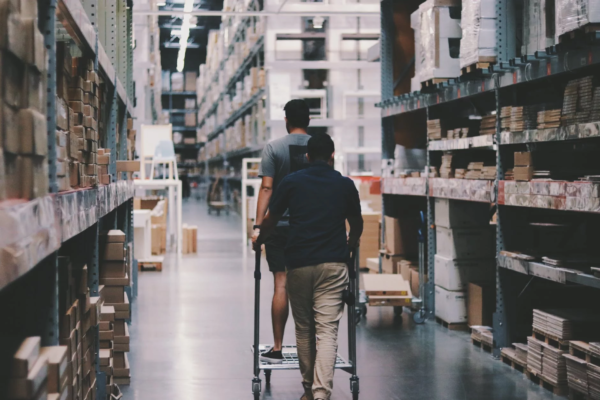
Photo courtesy of Alexander Isreb via Pexels
2. Equipment operation and maintenance
John Deere, a manufacturing company, pioneered in employing self-driving tractors, mainly running on GPS and sensors. Meanwhile, Fanuc, the largest maker of robots in the world, uses robotics powered by Cloud-based analytics to predict when an equipment or a component is about to break down, helping reduce downtime in factories.
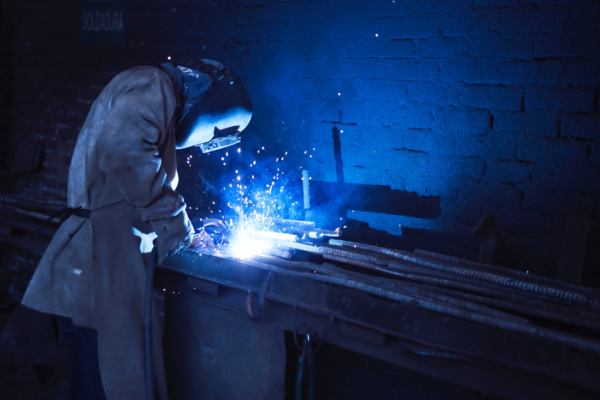
Photo courtesy of Movidagrafica Barcelona via Pexels
3. Optimizing logistics
Maersk, the largest container shipping company, uses sensors and data analytics technology to locate and store assets as well as improve routes of its ships to optimize fuel consumption. This is most useful for refrigerated containers which hold contents that could spoil after some period of time.
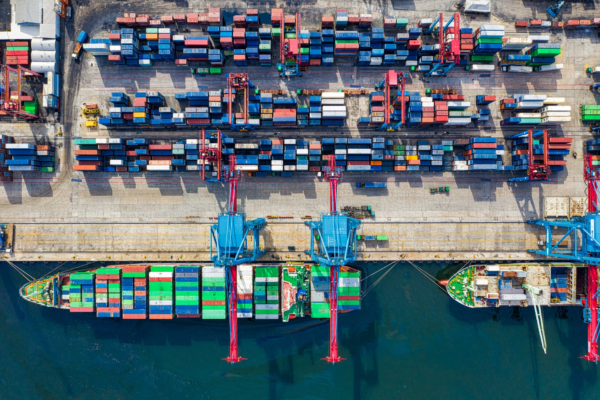
Photo courtesy of Tom Fisk via Pexels
Applications of IoT on Disaster Prepping
There’s no doubt that IoT technology is very beneficial in several aspects of home life and office and industry operations. Its application, as mentioned earlier, extends even to disaster preparedness. When harnessed to its full potential, it has the power to save millions of lives from natural calamities. Here are some of the roles of the Internet of Things in disaster management and the benefits it has for your family and business:
1. Predicting disasters
Before, predicting weathers, let alone disasters, were a far-fetched reality. Today, this has become a sophisticated science, helping federal agencies anticipate what’s coming. Again, it’s the IoT sensors that primarily make this possible.
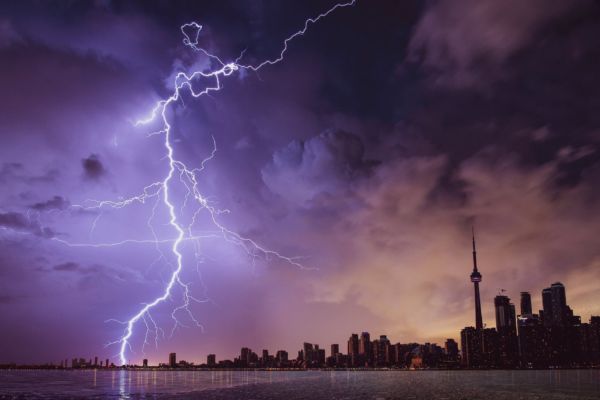
Photo courtesy of Andre Furtado via Pexels
The IoT-based disaster management system primarily gathers large amounts of data, measuring temperature, humidity, water quality, smoke and whatnot in their surroundings, and relays it to command centers, which is also part of the IoT. Sensors on trees, for instance, can identify when a fire has broken out, how far it has reached, and how fast it’s spreading. In the case of hurricanes or tsunamis, the technology detects water levels and pressure, sending alerts for possible flooding.
Microwave sensors likewise calculate seismic waves before and during earthquakes. All these help agencies disseminate information to the public about the imminent danger.
What’s in it for families
As part of the IoT technology, your smart home can alert you through a text message, an email, or an app notification whenever your security system picks up information about severe weather conditions. With an early warning, you can better prepare for disaster, keeping stock of supplies, checking property hazards, reviewing insurance policies, among many others. In a nutshell, disaster management system using IoT helps you prepare better.
What’s in it for businesses
Your smart virtual assistants would relay to you disaster predictions. From the get-go, you can decide to send employees home and establish the best work arrangement for the team. The IoT in disaster management also allows you to assess your contingency plan and see if your plans for securing equipment and important documents and relocating to a temporary office can weather the coming disaster.
2. Evaluating infrastructure integrity
The IoT for effective disaster management involves sensors and devices attached to public amenities such as buildings, roads, bridges, and public transportation. This helps authorities keep an eye on data from these infrastructures. As a result, they’ll be able to assess if these facilities can weather the disaster coming. If not, they can arrange for preventive maintenance and repairs or close it off to prevent injury and death risks. By extension, policy planners can establish evacuation routes more accurately.

Photo courtesy of Johannes Roth via Unsplash
What’s in it for families
With updates about road closures and emergency routes coming from your connected devices, you can avoid extra hassles when going to the grocery store to add more supplies to your stock or when picking up your kids from their cancelled classes. You’ll know where to go, as well, should evacuation be necessary in the future.
What’s in it for businesses
Combining the information from the devices and your water monitoring systems, which measure water levels, you can create a new rerouting scheme for your delivery trucks in the event that floods occur. This way, you can still provide the goods and services your clients need. The impact of IoT in disaster management extends to maintaining business operations even during natural calamities.
3. Keeping disaster areas connected
The areas about to be affected by a disaster–and thus would need help–are the very community that would go obscure once the natural calamity hits, since communications and transport infrastructure are down. Fortunately, the IoT sensors around the site–say, in trees and infrastructure could still provide information. The data collected help in engaging with the people affected.

Photo courtesy of Adli Wahid via Unsplash
What’s in it for families and businesses
With IoT technology, you can rest assured that you’ll get updates on disaster situations, relief initiatives, evacuation centers, even in the middle of a storm pounding hard in your area. By extension, you can make smarter, safer decisions about your family and business.
The Takeaway
If there’s one thing true about disasters in the last decade, it’s that disasters aren’t slowing down. With the growing threat of climate change, they’re about to be more intimidating and destructive, but we’re not doomed. Technology is on our side. The increasing sophistication of the Internet of Things can save millions of lives, if not all.
As for you, brace yourself. Get your family and business ready with IoT technology. Otherwise, as the popular saying goes, “Failing to prepare is preparing to fail”.

